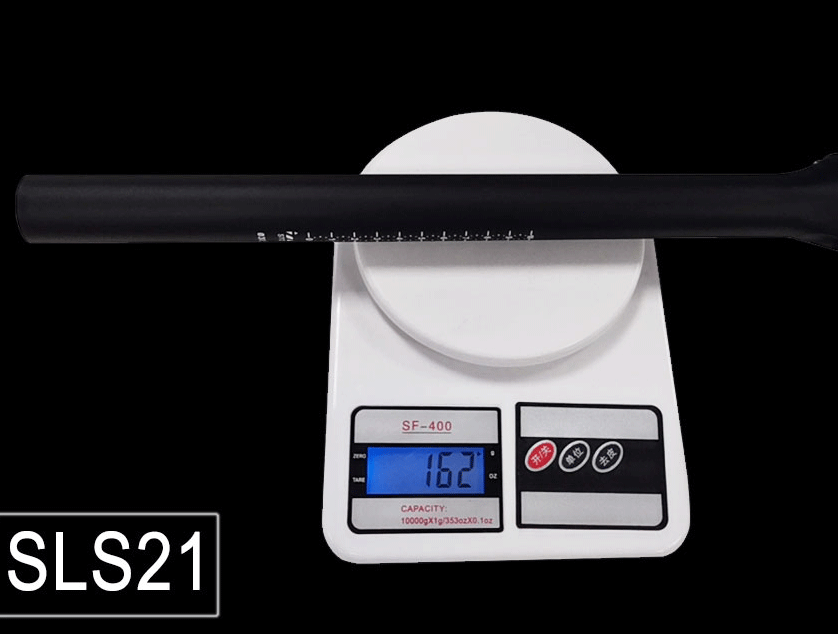Riding a road bike can be both an exciting and healthy activity. However, to experience ultimate comfort and performance, you need to choose the right road bike with proper frame size. Luckily, you don't need to stress yourself out about it.
In this comprehensive guide, we will be discussing everything you need to know about road bike frame size chart. So, buckle up and let's dive in!
To start with, what is the right frame size for you? The answer to this depends on a whole lot of factors, but the most essential are your height and inseam measurements. These two factors are what the experts use to help you select the right frame size suitable for your body anatomy. Also, your body flexibility and riding style can come in handy in determining the size of your preferred road bike.
Next, let's explain how to measure inseam and height. Measuring inseam is relatively easy; stand against a wall barefooted and measure the distance from your crotch to your ankle. On the other hand, measuring height requires you to stand against a wall barefooted, and someone else measures the distance between the top of your head and the floor.
After measuring your inseam and height, the next step is to use road bike frame size chart to determine the right frame size for you. Note that different manufacturers may have different sizing charts, but most follow the same essential measurements. Most bike shops offer chart sizing assistance when purchasing a bike.
Another factor that can aid you in selecting the right frame size is considering your riding style and preferences. If you prefer an aggressive riding position, you may opt for a smaller frame size than the chart suggests to lower the handlebars' height. Alternatively, if you prefer a more upright riding posture, you may choose a more significant frame size than the sizing chart to increase the handlebar height.
More so, moving beyond the standard frame, there are options for different frame geometries. Generally, road bikes come in either a compact or classic geometry. Compact frames have sloping top tubes, which allow for shorter rear triangles and clearer standover heights, while classic geometry frames have horizontal top tubes, providing a longer rear triangle. Taller riders typically opt for compact frames, while shorter riders opt for classic geometry frames.

Conclusion:
Choosing the right road bike frame size can make all the difference in your cycling experience, from the comfort and efficiency of your ride to your performance on the road.
With the step-by-step guide provided in this article, you now have enough information to make an informed decision on the right frame size for your body. Remember to factor in your riding style and preferences when choosing a frame. With the right frame size, you're on the verge of enjoying an unforgettable cycling experience that will keep you fit and healthy.




















































































